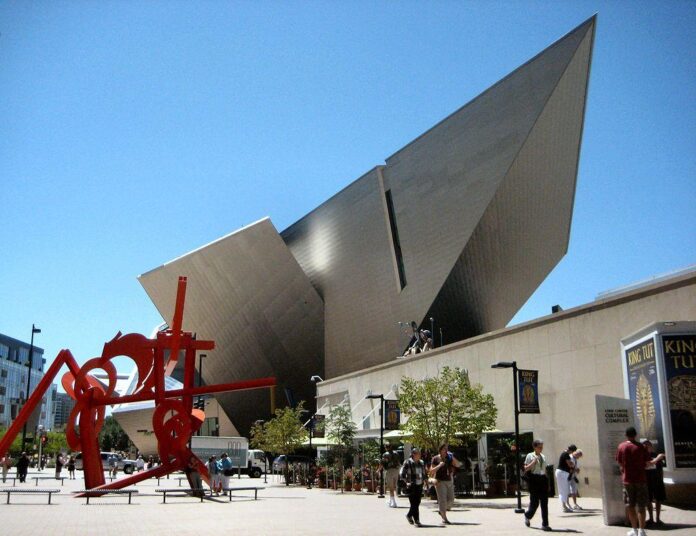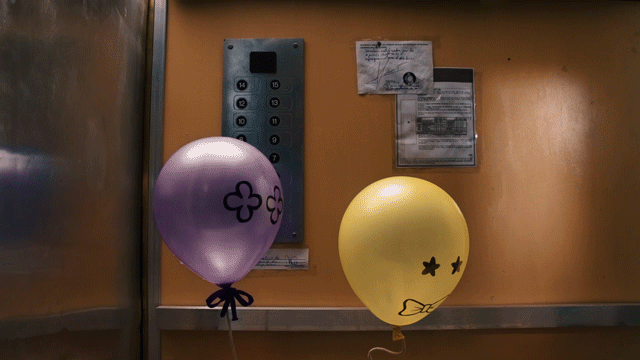The Denver Art Museum (DAM) has found itself at the centre of a far-reaching international art looting scandal. On 10 March, representatives for the museum issued a statement announcing their decision to remove the name “Bunker” from the Arts of Asia gallery after returning donations worth $185,000 from the late scholar, museum trustee and volunteer Emma C. Bunker. The move that comes in the wake of mounting revelations regarding falsified provenance and antiquities trafficking. The “Bunker” signage had been contractually decreed in 2018 to stay on the DAM’s walls until 2071.
A yearlong investigation by the Denver Post has revealed that Bunker, who died at age 90 in 2021, aided and abetted her friend and collaborator Douglas Latchford, a notorious British antiquities dealer and smuggler, by fudging the provenance of looted Cambodian artefacts and using her six-decade relationship with the DAM to legitimise his dealings. Bunker helped broker the sale of 14 Latchford antiquities to the DAM, as well as donating over 200 pieces to the museum herself—40 of those objects are technically considered “antiquities”; the museum’s aforementioned official statement maintains that the DAM is “cooperating with US authorities” while conducting “research into the ownership histories of these objects”.
Latchford died in 2020 while under indictment by the US government for fraud and smuggling, among other crimes (his off-shore accounts were also revealed in the Pandora Papers leak in 2021). By the end of his life, he had become well known for paying impoverished residents of rural Cambodia—a region that suffered from widespread looting amid civil conflicts spanning from the 1960s to the 90s—to detach segments of in-situ sculptures for him to sell abroad. Bunker helped provide cover for this illicit enterprise by writing three books with Latchford in which she provided fake provenances for the forced fragments. Bunker was even thanked publicly by officials in Phnom Penh for her work promoting Cambodian culture in the US.
The restitution of Cambodian cultural heritage objects has been a subject of engagement for US officials since the early 2010s, and the process has accelerated since Latchford’s death. In August of 2022, the US returned 30 looted antiquities, many of them Latchford sales, to Cambodia. Representatives for the DAM reached out to US authorities after getting wind of Latchford’s indictment in 2019, but the museum has still not opened its records to the lawyer representing Cambodia, Bradley Gordon, who has suggested that there are as many as 4,000 Khmer sculptures still housed in museums and private collections all over the world.
In an anonymous 2013 meeting with US officials on the subject of the Duryodhana, a looted statue sold through Sotheby’s by Latchford, Bunker—who wrote a catalogue entry and gave an accompanying lecture for the auction house—described Latchford as “the brother she never had”.

















![The Art Angle Podcast: How A.I. Is Changing the Business of Being an Artist [Re-Air]](https://usaartnews.com/wp-content/uploads/cSMvWaXWlcccYEVqUSIdovMBJPX2eVQx8lOQ8VTg-80x60.jpg)







